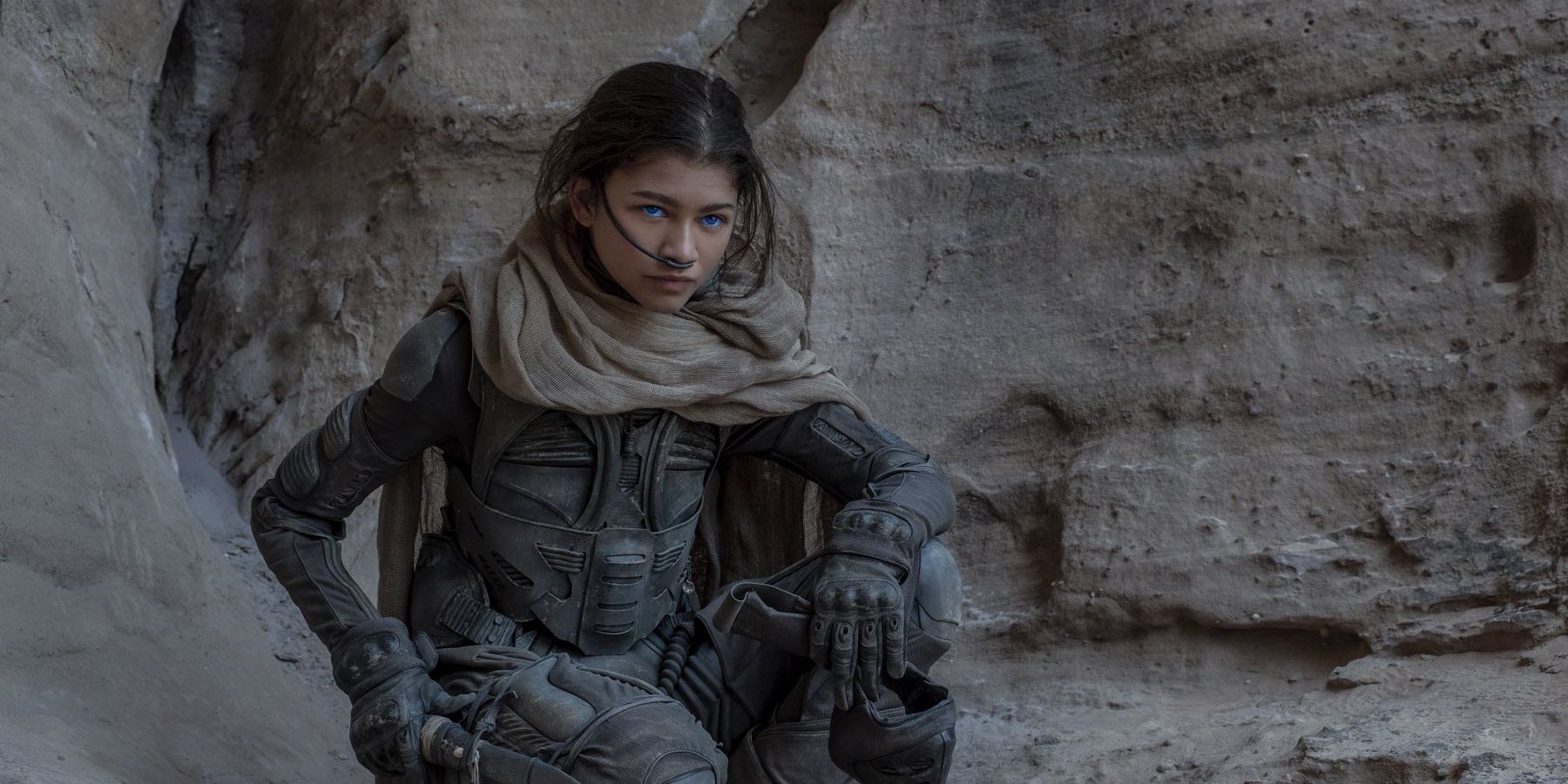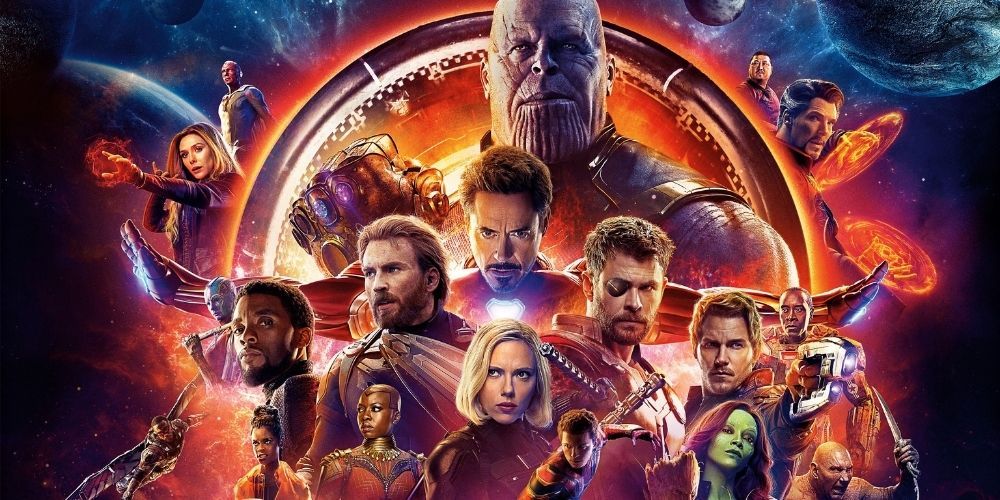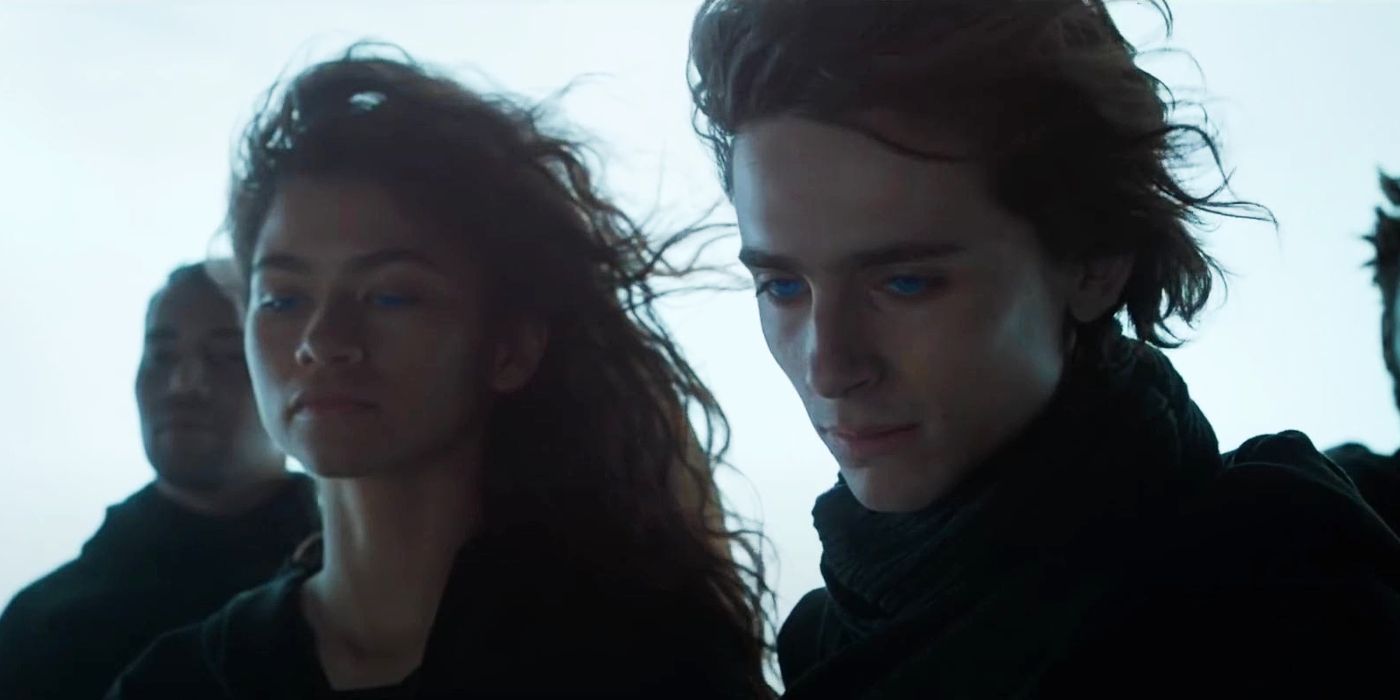With Dune out now in theaters, and available to stream as well, many fans were excited to see the young megastar, Zendaya, in this sci-fi epic. These fans had to soon temper their expectations however after seeing that the Spider-Man star was only in the film for roughly seven minutes. While the beautiful visuals and engaging world carried much of the rest of the film, a lot of Dune fans felt misled about Zendaya’s involvement; especially having seen her face plastered across posters and marketing tours. This seemingly bait-and-switch tactic however is nothing new to movie marketing and is in fact rather infuriatingly commonplace.
Movie marketing has long been a hit-or-miss business. While marketing campaigns such as The Blair Witch’s, which featured several early-internet link hunts, have long been remembered for how effective they were, many others haven’t quite worked as well. Campaigns for Tom Cruise's Mission Impossible III and a few others led to bomb squads being called after “devices” were left around reminiscent of items from the movie. The most common technique in the modern era is marketing through sheer exposure. Many big franchises, and even some smaller movies, simply want audiences to remember their names from being seen around every corner.
While this method can be annoying, with many often complaining about the repetition of commercials, it is effective. The large draws seen by the likes of MCU movies, or especially horror movies, just go to show that people simply need to recognize one’s movie from a list of possible titles. An especially effective way for this technique to work is by showcasing major movie stars. This is why most modern movie posters will simply feature the faces of a given film’s major stars on some simple background.
This type of poster has often caught the ire of fans for being too simple. However, this method is also undeniably worthwhile for studios. The massive amounts of money, often over half of a movie’s budget, spent on advertising point towards these methods being researched extensively. The recognition of faces is a known truth of our brains, and this is made especially easy with those that are shown so often on posters, trailers, and in the movies and TV shows that permeate society.
While this makes some sense for movies that showcase those stars for the whole runtime, its effectiveness has sadly led to many studios abusing this recognition. 2014’s Godzilla trailers featured Bryan Cranston telling off in-universe government officials about the monsters they’d been hiding. These trailers were coming right off the end of Breaking Bad and were thus very much capitalizing on Cranston’s popularity. However many fans the world over were upset to discover that Walter White died not long into the film’s runtime, and was hardly integral to the plot.
Another example of this comes with much of Bruce Willis’s later career. Despite initial widespread fame for playing the likes of John McClane, or a ghostly investigator, Willis struggled to find similar acclaim in his following roles. Following the early 2000s, Willis began taking roles that seemed outside of his expertise and several fans of his began feeling as though the actor had given up on turning in a good performance. Many roles of his now feature his face on the poster and a performance that points toward a very short shooting schedule. While these are probably simply paychecks to Willis, the ability to plaster his face on marketing materials is likely a huge boost for these smaller movies.
Although it seems to be a very common trend for modern movies to simply showcase their major stars to boost sales, this may not have necessarily been the case for Dune. While Zendaya is undoubtedly a very big-name star, this isn’t a rarity for Dune. Featuring the likes of Oscar Isaac, Timothée Chalamet, Rebecca Ferguson, and more, Dune is in no short supply of big-name stars to advertise. Considering all these stars, was it necessary to push Zendaya as hard as they did in the marketing?
There are several possible reasons for Zendaya’s exposure on the marketing front. The most upfront likelihood is based in Dune needing to find great success in order to secure a second part, thus giving Denis Villeneuve a chance to finish out his vision. The marketing team may have just wanted to throw out everything possible to see what would stick. Another possibility, and one that has come up in other movies with big-name stars, is that the marketing was in Zendaya’s contract. It’s possible, and even likely, that Zendaya being signed on to this film came with the stipulation that she be central to the marketing.
While this sounds like a poor move considering the fan reaction, it’s important to note where this emotion is pointed towards. Fans are far more upset or questioning of the creators of Dune and its marketing team rather than with Zendaya. All Zendaya gets is a lot of exposure, and even more so considering the outcry. Although it doesn’t seem like the smartest move, it’s actually a fairly strategic one if it is indeed what happened. Either way, this marketing technique certainly isn’t new, and this likely won’t be the last time it’s used.
Dune is in theaters and available for streaming on HBO Max.



